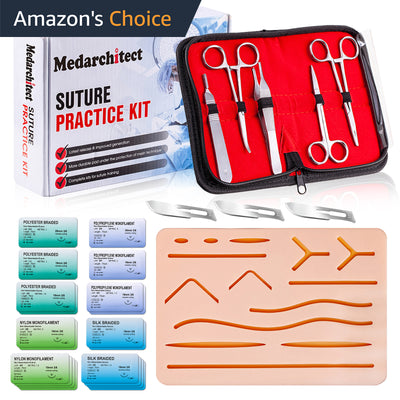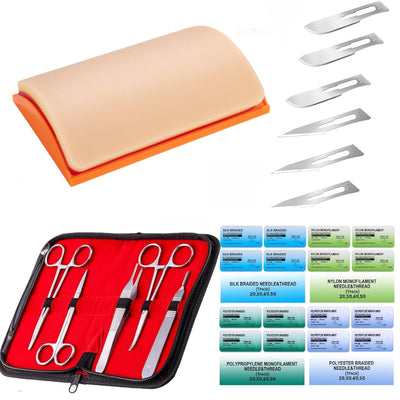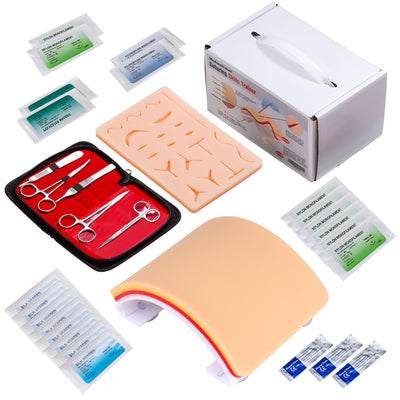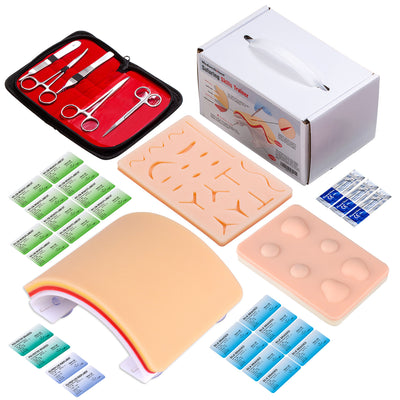Absorbable Sutures
Absorbable sutures are designed to break down and be absorbed by the body over time. They eliminate the need for suture removal, making them ideal for internal and deep tissue wound closure. Key types of absorbable sutures include:
- Plain Gut: Derived from sheep or cow intestines, plain gut sutures are fast-absorbing and suitable for soft tissue approximation. They have minimal tissue reaction but a shorter lifespan.
- Chromic Gut: Similar to plain gut, chromic gut sutures are treated with chromium salts for enhanced durability. They maintain tensile strength for a more extended period, providing prolonged wound support.
- Polyglactin (Vicryl): A synthetic absorbable suture, polyglactin is a popular choice due to its predictable absorption rate and versatility. It provides excellent tensile strength and is commonly used for a range of wound closures.
Non-Absorbable Sutures
Non-absorbable sutures, as the name suggests, are not absorbed by the body and require removal once the wound has healed. They offer long-term wound support and are frequently used in superficial wound closures. Notable types of non-absorbable sutures include:
- Nylon (Ethilon): Nylon sutures are known for their high tensile strength, flexibility, and resistance to degradation. They are often used for skin closures and in areas requiring prolonged wound support.
- Polyester (Ethibond): Polyester sutures are durable and provide excellent knot security. They are commonly used for tendon repair, cardiovascular procedures, and orthopedic surgeries.
- Stainless Steel (Wire): Stainless steel sutures are used in specific cases that require exceptional strength, such as in orthopedic and dental surgeries. They offer excellent support but require specialized techniques for removal.
The choice of suture technique depends on the wound type, location, and desired outcome. Some common suturing techniques include:
- Interrupted Sutures: This technique involves individual stitches placed at regular intervals along the wound. It provides excellent wound edge approximation and allows for precise tension adjustment.
- Continuous Sutures: Also known as running sutures, continuous sutures involve a single, continuous suture thread that spans the entire wound. This technique is efficient and quick, providing adequate wound closure.
- Vertical Mattress Sutures: Vertical mattress sutures are used when precise wound edge alignment is required, such as in fragile or high-tension areas. They provide good wound eversion and excellent cosmetic outcomes.









